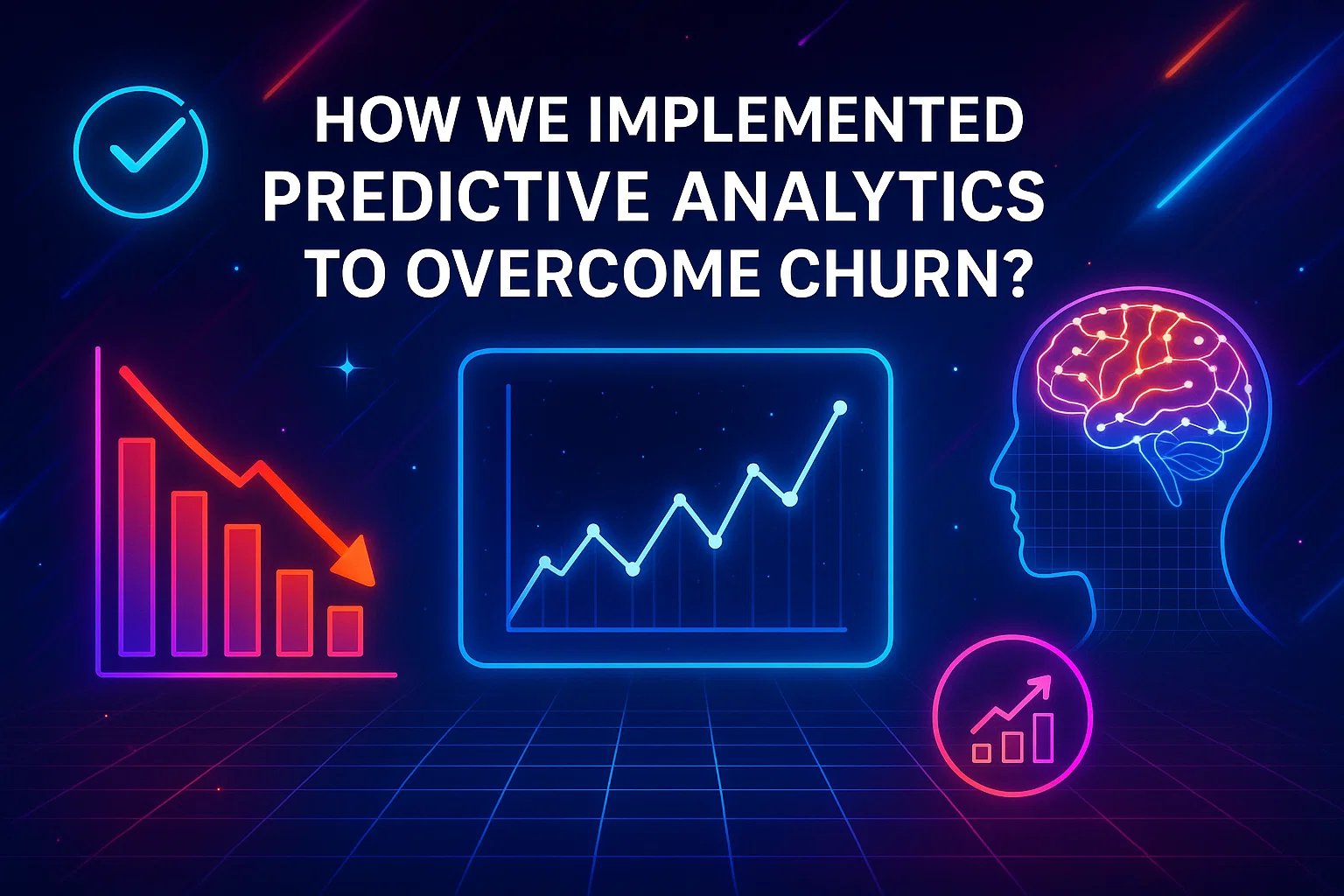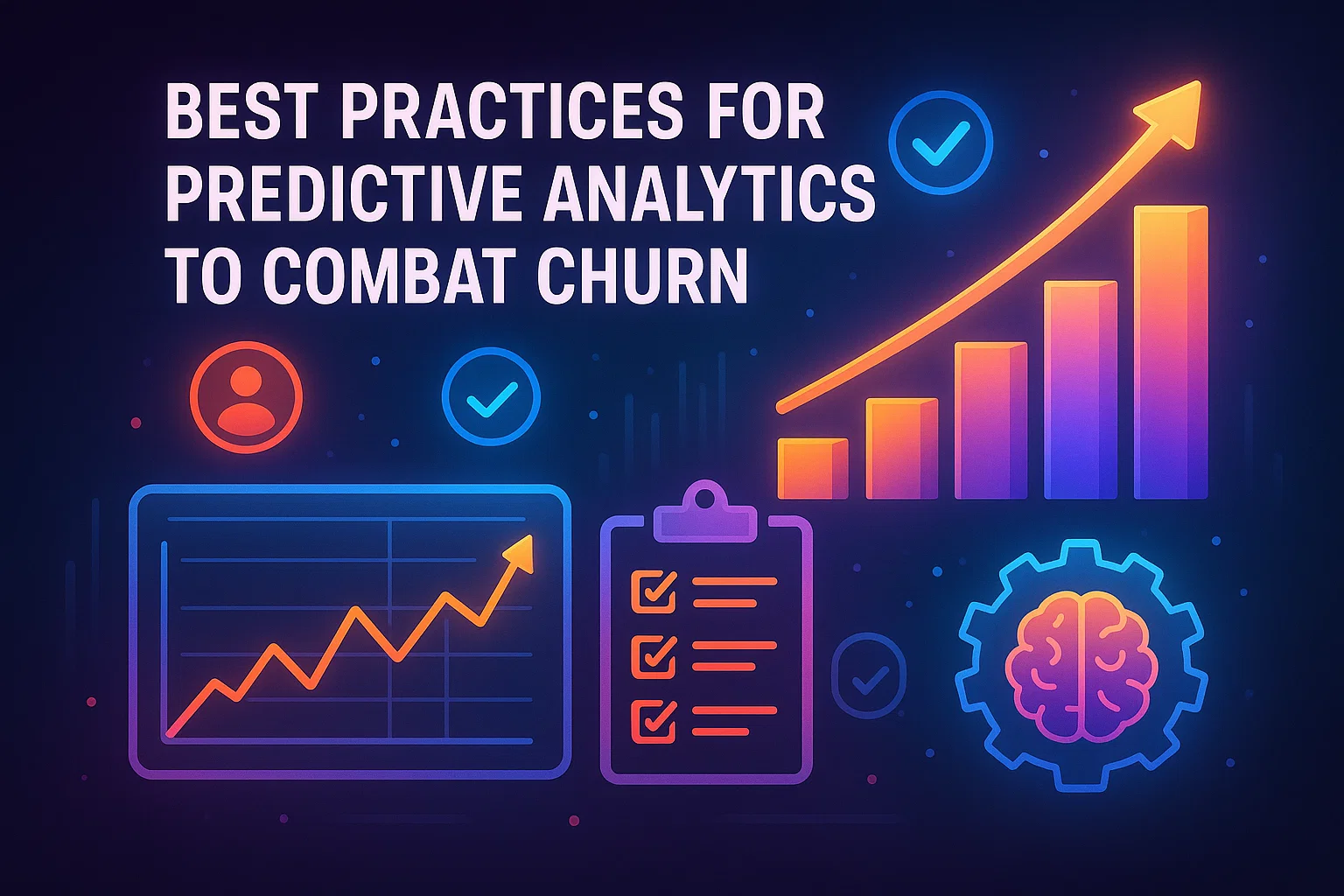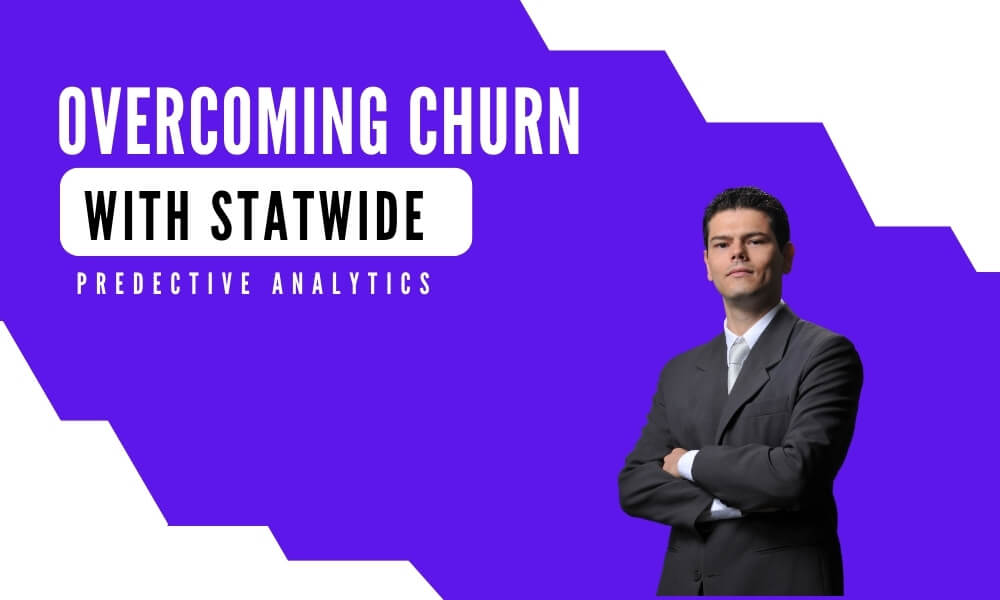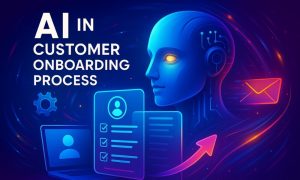What if your company’s growth was secretly setting the stage for unwanted setbacks? It might seem surprising, but growing too quickly can impose a notable effect on the business flow. As the customer base scales, it could result in inconsistent engagement, high acquisition costs, and ultimately, customer churn and a loss in revenue.
Now, the question is, how do you stop churn from escalating and threatening your business’s stability? At Statewide, we helped one of our clients, a rapidly growing SaaS company, tackle this exact issue with advanced predictive analytics.
Wondering how? Let’s dive into how we identified at-risk customers through predictive analytics and addressed their concerns with personalized engagement strategies.
The Growing Challenges Company Faced
At first, things were exceptionally well. The customer base was growing, and the retention rate was also high. The best part, their service offering was always reliable and met the needs of clients. But as the customer base started to grow, the company noticed a decline in customer loyalty. That’s right where Statwide comes in to help.
First, we pinpointed some obvious signs of churn that were creeping in.
Declining Customer Engagement:
At peak, a significant portion of their customers engaged with their services on a regular basis. By the end of the last year, it dropped to half of the previous ones and it even dropped.
Inconsistent Customer Experience:
Previously, our customer satisfaction (CSAT) scores had always been high. But as the churn increased, the company started experiencing more service interruptions, and its satisfaction level fell to almost zero.
Inefficient Resource Allocation:
With no prediction model in place in their business strategies, resources were being spread too thin. For this, they started facing concerns in real-time. Like healthcare clients often had urgent needs, but the team couldn’t meet the deadlines.

How We Implemented Predictive Analytics to Overcome Churn?
Then our expert found the lack, clear as day. They weren’t tracking the right signals, and worse, the company had no way to predict who might churn before it was too late.
At this stage, we turned our strategies to predictive analytics. Here’s exactly how we implemented it, step by step.
Step 1: Identify Churn Signals from Our Own Data
At the first step, we looked deep into the data of their customer journeys. We found what behaviors or patterns were the first signs of churn. Like…
- Drop in login frequency
- Delayed payment cycles
- Lower support ticket interaction
- Sudden decline in product usage
Step 2: Data Collection and Integration
Then we used some key metrics and started collecting data from various touchpoints. This includes customer support tickets, usage statistics, billing data, and survey feedback.
We integrated data from the CRM system and communication tools and got a detailed view of each customer’s behavior and interaction history.
Step 3: The Right Predictive Model Selection
When we had all the needed data, we moved to selecting the right predictive model. We tested several machine learning algorithms, including:
- Logistic Regression: We used this model to assess the likelihood of churn based on specific customer behaviors.
- Decision Trees: Our team used Decision Trees to see how different customer activities lead to churn. Like from their service usage or payment history.
- Gradient Boosting Machines (GBM): We utilized GBM (such as XGBoost or LightGBM) to improve the prediction accuracy. Our developers used Python along with scikit-learn to train these models.
Step 4: Real-Time Customer Monitoring
Predictive analytics isn’t just about building a model. We set up a real-time customer monitoring system to detect early signs of churn. This was like:
- If a customer in the healthcare sector reduced their usage frequency, the system labelled them as at-risk.
- Or if an education client showed a drop in engagement with their services, we’d be alerted immediately.
Step 5: Automated Alerts and Interventions
When our model started identifying at-risk customers, we started working on it. We set up automated alerts for our customer success teams. For example, after the system flagged an at-risk customer, an alert would pop up in Salesforce, notifying the customer success team.
The team then reached out to the customer with personalized offers and resolved the issue before they churned. We also created automated email workflows using HubSpot. If a customer showed signs of disengagement, they’d receive targeted offers for their inquiries.

Challenges We Faced During the Implementation
The path wasn’t easy. Along the way, we faced several challenges. Like:
- Data Quality Issues: Ensuring accurate and complete data was a constant hurdle. At one point, we continually started missing the valuable data from various touchpoints.
- Integration Across Systems: Even merging data from the company’s CRM, customer support, and usage statistics into one system seemed like a challenge for us.
- Maintaining Model Accuracy Over Time: As customer behaviors changed, we noticed that our implemented model needed constant adjustments.

Best Practices for Predictive Analytics to Combat Churn
Over the course of implementing predictive analytics, here are some expert insights you can also use in your business models:
- Focus on data quality over quantity. Avoid overloading your system with data that hampers the accuracy. Work on clearly defined customer touchpoints and find high-quality data.
- Ensure cross-functional collaboration across the process. Predictive analytics is not just the job of the data science team. All departments, including customer success, sales, marketing, and IT, need to work collaboratively.
- Predictive models are not static. They require constant iteration. Keep adjusting, testing, and fine-tuning according to the changing customer behaviors to maintain high accuracy.
Final Thoughts
Implementing predictive analytics completely changed how the company approaches customer retention. By using the data insights, we could predict churn before it happened and take action early.
Although we faced challenges like data quality and system integration, we continually refined our models. The result? A significant reduction in churn and stronger, more lasting relationships with our customers.
Author
Shirikant is a proven customer success leader who combines sharp business insight with practical experience to improve retention and drive revenue. As the founder of Statwide, he designs customer-first business strategies that guide companies to turn users into loyal and long-term partners. His approaches are built on real results: stronger relationships, higher customer value, and lasting growth.








